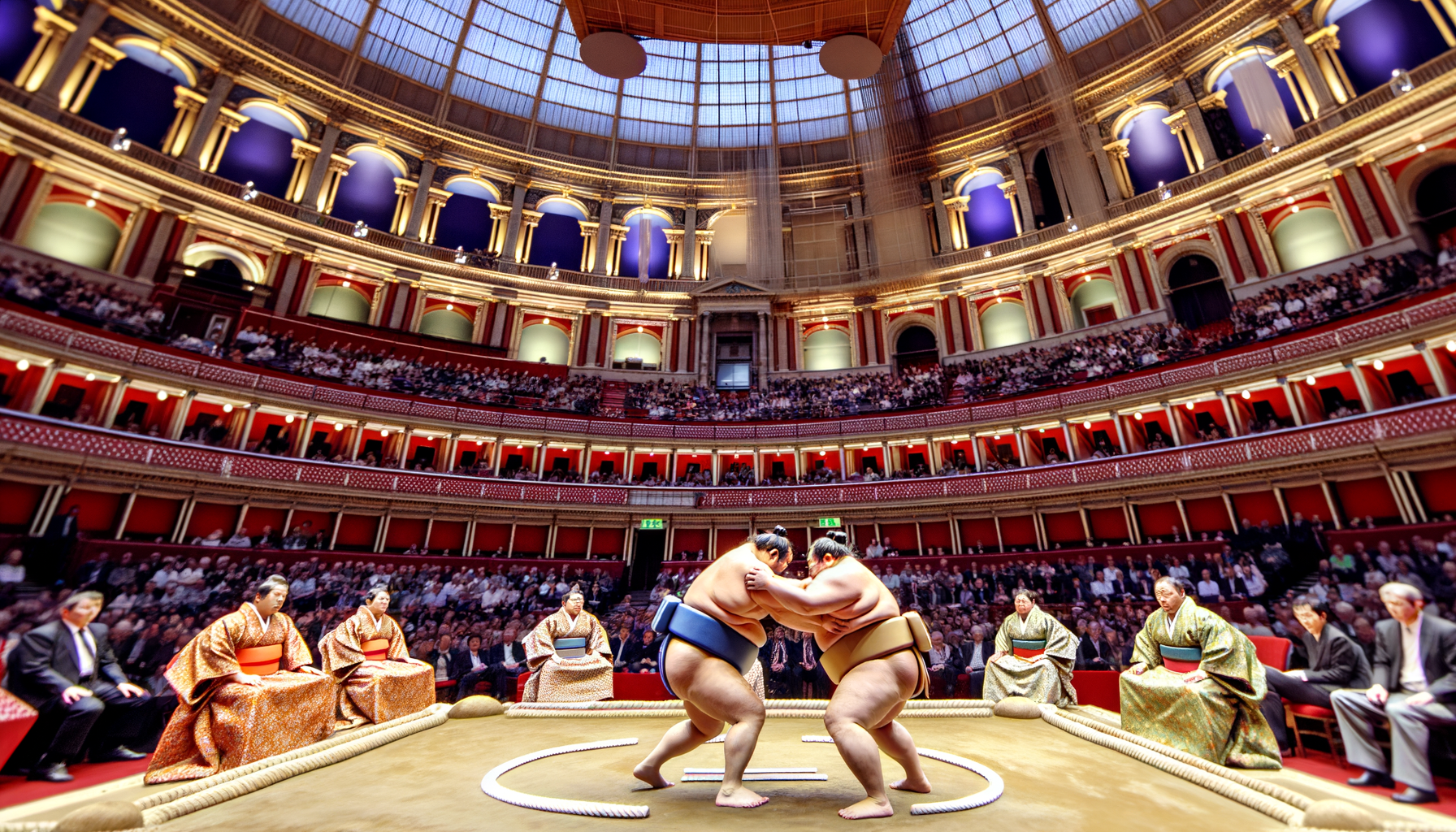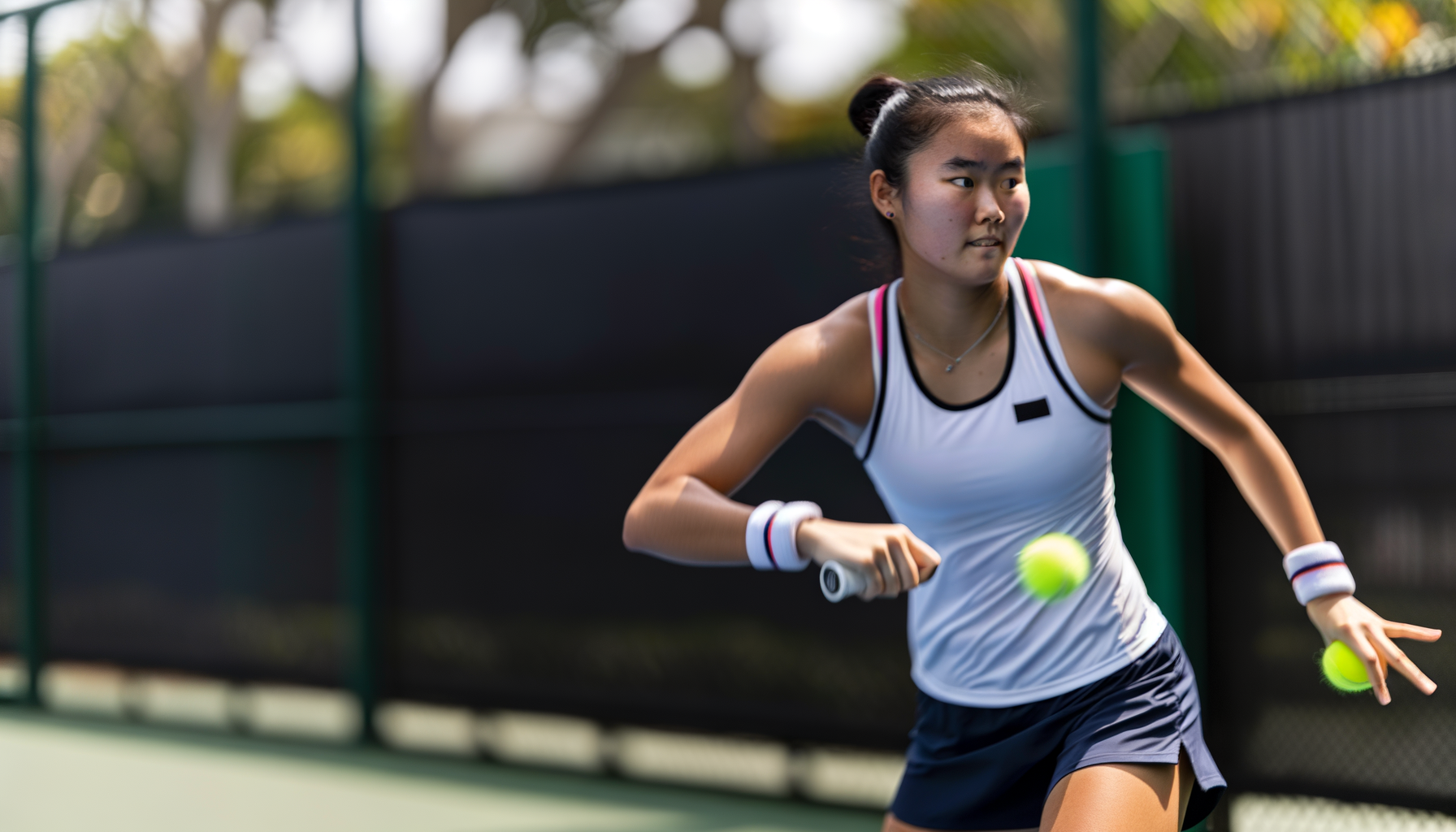Sumo wrestling returns to London’s Royal Albert Hall
Witness sumo wrestling’s grand return to London’s Royal Albert Hall, starring yokozuna Hoshoryu Tomokatsu and Onosato Daiki in a historic five-day event.

By Editorial
Sumo wrestling returns to London’s Royal Albert Hall
After a 34-year hiatus, the ancient sport of sumo wrestling makes a spectacular comeback to London’s prestigious Royal Albert Hall. From Wednesday, the venue will host a Grand Tournament featuring the world’s top rikishi, including the celebrated yokozuna Hoshoryu Tomokatsu and Onosato Daiki. This marks only the second time a Grand Sumo Tournament has been held outside Japan, underscoring the sport’s growing global appeal.
Who are the yokozuna leading the tournament?
The spotlight is firmly on the two grand champions, or yokozuna, the highest rank in sumo. Mongolia’s Hoshoryu Tomokatsu and Japan’s Onosato Daiki, the 74th and 75th yokozuna respectively, have become icons in the sumo world. Onosato, who recently became the quickest wrestler in the modern era to achieve this rank, expressed his excitement: "I'm happy that sumo is back after so many years. I hope I can show the UK fans how fantastic sumo is." Meanwhile, Hoshoryu highlighted the weight of responsibility that comes with being a yokozuna, emphasising the importance of setting a positive example.
The rivalry heating up the sumo scene
The two champions are fierce rivals, recently clashing at the Aki Basho tournament — sumo’s most prestigious competition — where they finished with identical records. Their final play-off was the first between yokozuna in 16 years, with Onosato narrowly taking the victory. This rivalry promises to add thrilling drama to the London tournament and captivate both seasoned fans and newcomers alike.
The life of a rikishi: discipline and tradition
Sumo wrestlers, known as rikishi, follow a demanding lifestyle rooted in centuries-old traditions. They live in communal stables, where mornings start early with rigorous training sessions. Surprisingly, rikishi typically skip breakfast to focus on their intense morning practice. After training, they share hearty meals together, fostering a strong sense of camaraderie.
Chankonabe: The wrestler’s staple diet
Central to their diet is chankonabe, a robust stew packed with meat, fish, and vegetables designed to help rikishi maintain their formidable physiques. For the London tournament, the 40 participating rikishi consume an astonishing 70 kilograms of rice daily, with organisers even struggling to secure enough noodles to meet demand. This highlights the logistical challenge of accommodating the wrestlers’ traditional dietary needs far from home.
The excitement of sumo bouts in an intimate setting
The Royal Albert Hall’s 4.55-metre diameter dohyo (wrestling ring) may appear modest in size, but it intensifies the drama as two giant wrestlers collide with incredible force. The objective is straightforward yet spectacular: force your opponent out of the ring or onto the floor. The closeness of the audience to the ring means spectators can experience the power and agility of these athletes up close and personal.
Memorable moments from past tournaments
The last time sumo was held in Britain, the massive Hawaiian rikishi Konishiki, nicknamed "the Dump Truck," stole the show. Weighing in at a staggering 287 kilograms (45 stone), his imposing presence was both a spectacle and a challenge for opponents. The Royal Albert Hall, primarily known as a concert venue, has a rich sporting history, having hosted legends like John McEnroe, Lennox Lewis, and Muhammad Ali, making it a fitting stage for sumo’s return.
Sumo’s cultural crossover and global appeal
Hoshoryu’s passion for football, particularly Chelsea FC and former stars Didier Drogba and Petr Cech, exemplifies the cultural blend rikishi often embody. Their international backgrounds and personalities help broaden sumo’s appeal beyond traditional Japanese audiences. This global dimension is reflected in recent sporting events covered by Sports Scoop, where international talent and global fanbases increasingly shape sports narratives.
Preparing for the future: sumo’s place in the UK sports scene
The overwhelming demand for tickets, which sold out within days, reveals a growing UK appetite for sumo. This event not only celebrates sumo’s rich history but also introduces British audiences to a sport steeped in tradition yet brimming with intense competition and drama. As sumo continues to gain traction internationally, it complements the diverse sporting tapestry of the UK, alongside other major events like the key golf tournaments and rugby matches.
What to expect in the coming days
Over the five-day tournament, fans can anticipate electrifying bouts, cultural exhibitions, and a unique chance to witness sumo wrestlers’ dedication firsthand. Despite challenges like sourcing traditional noodles, organisers are committed to delivering an authentic experience. Whether you’re a long-time sumo follower or curious newcomer, this event offers a rare and thrilling glimpse into one of the world’s oldest sports.
Conclusion: a landmark event for sumo and London
Sumo’s return to London’s Royal Albert Hall is a landmark moment, blending ancient tradition with modern sports culture. With star yokozuna Hoshoryu Tomokatsu and Onosato Daiki leading the charge, the tournament promises excitement, skill, and a celebration of sumo’s enduring legacy. For anyone looking to explore new sporting horizons, this is an unmissable occasion.
For more updates on exciting sporting events across various disciplines, visit our contact page and stay tuned to Sports Scoop.
Related topics
Editorial
Sports expert at SportsScoop
Specialist in sports analysis and journalism
Related articles
Want to read more?
Explore our comprehensive collection of sports articles and analysis, or contact us for more information.



